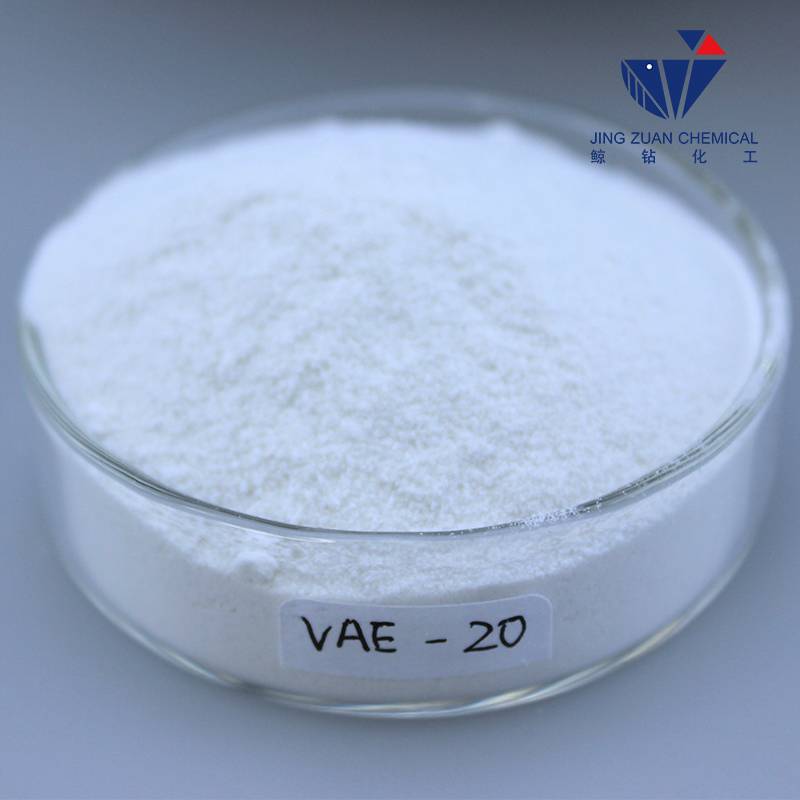
Sep . 03, 2024 06:34 Back to list
HPMC vs HEC
Comparing HPMC and HEC A Comprehensive Overview
In the realm of pharmaceutical and cosmetic formulations, the choice of excipients plays a critical role in determining the effectiveness and stability of products. Two widely used polymers in these industries are Hydroxypropyl Methylcellulose (HPMC) and Hydroxyethyl Cellulose (HEC). While both serve as thickening agents and stabilizers, they possess distinct properties that make them suitable for different applications. This article explores the key differences and similarities between HPMC and HEC, as well as their respective uses in various industries.
Chemistry and Structure
HPMC is a semi-synthetic derivative of cellulose, obtained by the reaction of cellulose with propylene oxide and methyl chloride. It features hydroxyl, methoxy, and hydroxypropyl functional groups. This unique combination of groups results in its excellent solubility in both cold and hot water, a trait that is particularly beneficial for pharmaceutical formulations.
HEC, on the other hand, is derived from cellulose via the etherification with ethylene oxide. It is known for its water-soluble properties and exceptional thickening abilities. The structure of HEC includes hydroxyethyl groups, which contribute to its solubility and evaporation resistance.
Viscosity and Gelling Properties
One of the primary differences between HPMC and HEC is their viscosity profiles. HPMC typically exhibits a higher viscosity at lower concentrations. This characteristic makes HPMC ideal for applications requiring significant thickening without the need for large amounts of polymer. Conversely, HEC generally requires higher concentrations to achieve comparable viscosity levels. This trait can be advantageous when formulating for applications that require less bulkiness while maintaining fluidity.
hpmc vs hec

Thermal Stability and Gel Integrity
When considering heat stability, HPMC stands out due to its ability to tolerate a broad range of temperatures without losing its gelling properties. This makes HPMC particularly useful in hot-fill processes and cooking applications where heat may impact the stability of the formulation. HEC, while stable under varied conditions, tends to form more rigid gels at elevated temperatures.
Applications in Industry
HPMC is widely employed in the pharmaceutical industry as a binder, coating agent, and in controlled-release formulations. Its versatility makes it suitable for various dosage forms, including tablets, capsules, and gels. Moreover, it finds applications in the food industry as a thickening and stabilizing agent and is increasingly utilized in the cosmetic sector for its film-forming abilities.
HEC is predominantly used in personal care products, including shampoos, lotions, and creams, where its thickening properties enhance texture and stability. Additionally, it serves a vital role in oil and gas drilling fluids, providing viscosity and improving the carrying capacity of the fluid.
Conclusion
In summary, both HPMC and HEC are invaluable excipients in numerous applications, yet they serve different purposes based on their unique properties. HPMC's superior viscosity at lower concentrations and thermal stability make it ideal for pharmaceuticals, while HEC's thickening capabilities are essential in personal care products. Understanding the differences between these two polymers enables formulators to select the suitable excipient for their specific needs, ultimately enhancing product performance and consumer satisfaction.
-
Unlocking the Benefits of HPMC Products: A Gateway to Versatile Applications
NewsAug.07,2025
-
Unleashing the Potential of HPMC Ashland: A Comprehensive Look
NewsAug.07,2025
-
Tile Bonding Cellulose: The Key to Superior Adhesion and Durability
NewsAug.07,2025
-
Hydroxypropyl Methylcellulose Powder: The Versatile Component in Modern Pharmaceuticals
NewsAug.07,2025
-
Hydroxyethyl Cellulose: The Versatile Solution for Various Industries
NewsAug.07,2025
-
Hydroxyethyl Cellulose (HEC): The Versatile Polymer for Various Applications
NewsAug.07,2025







